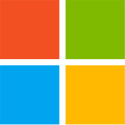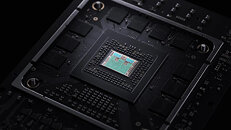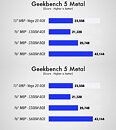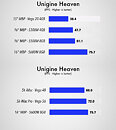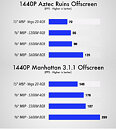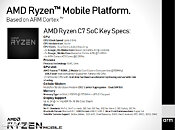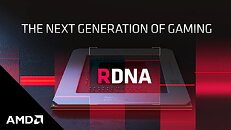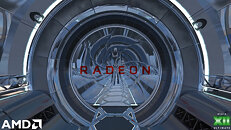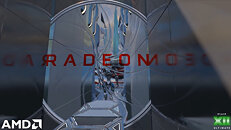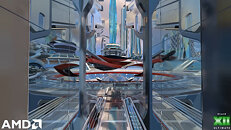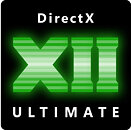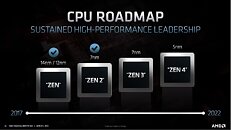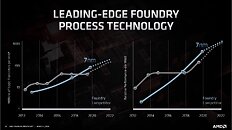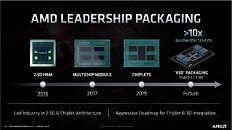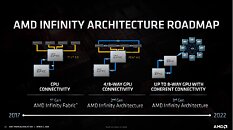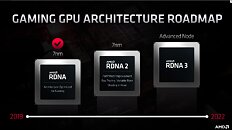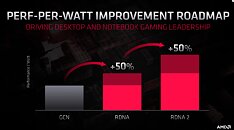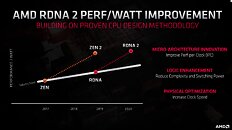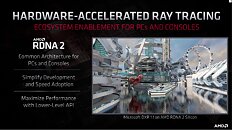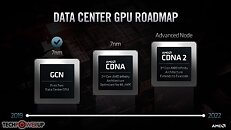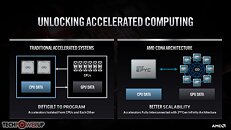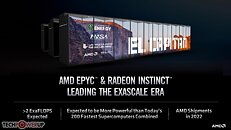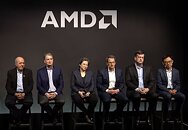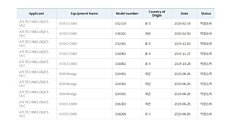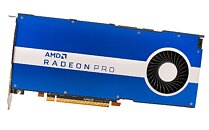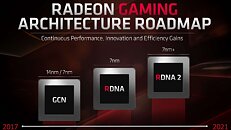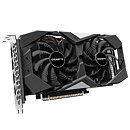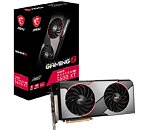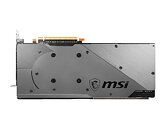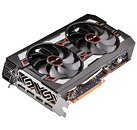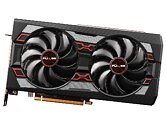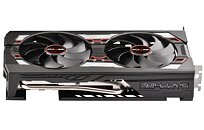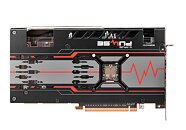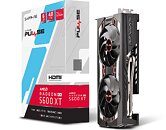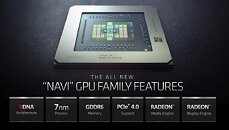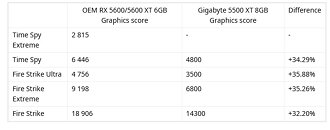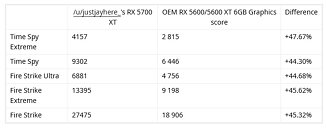
New AMD Radeon Pro 5000 XT Series GPUs Bring Exceptional Graphics Performance to Updated 27-inch Apple iMac
AMD today announced availability of new AMD Radeon Pro 5000 series GPUs for the updated 27-inch iMac. The new GPUs power a wide variety of graphically intensive applications and workloads, unleashing creativity and productivity for consumer and professional users alike. The new AMD Radeon Pro 5000 series GPUs are built on industry-leading 7 nm process technology and advanced AMD RDNA graphics architecture. They feature up to 40 compute units and up to 16 GB of high-speed GDDR6 memory while delivering up to 7.6 teraflops of single precision (FP32) computational performance.
"AMD Radeon Pro 5000 series GPUs bring new levels of performance and flexibility to the updated 27-inch iMac," said Scott Herkelman, corporate vice president and general manager, Graphics Business Unit at AMD. "The new AMD GPUs offer the optimal combination of compute performance, energy efficiency and outstanding graphics features to power a wide range of applications - from consumer to pro - wherever graphics matter the most."
"AMD Radeon Pro 5000 series GPUs bring new levels of performance and flexibility to the updated 27-inch iMac," said Scott Herkelman, corporate vice president and general manager, Graphics Business Unit at AMD. "The new AMD GPUs offer the optimal combination of compute performance, energy efficiency and outstanding graphics features to power a wide range of applications - from consumer to pro - wherever graphics matter the most."

